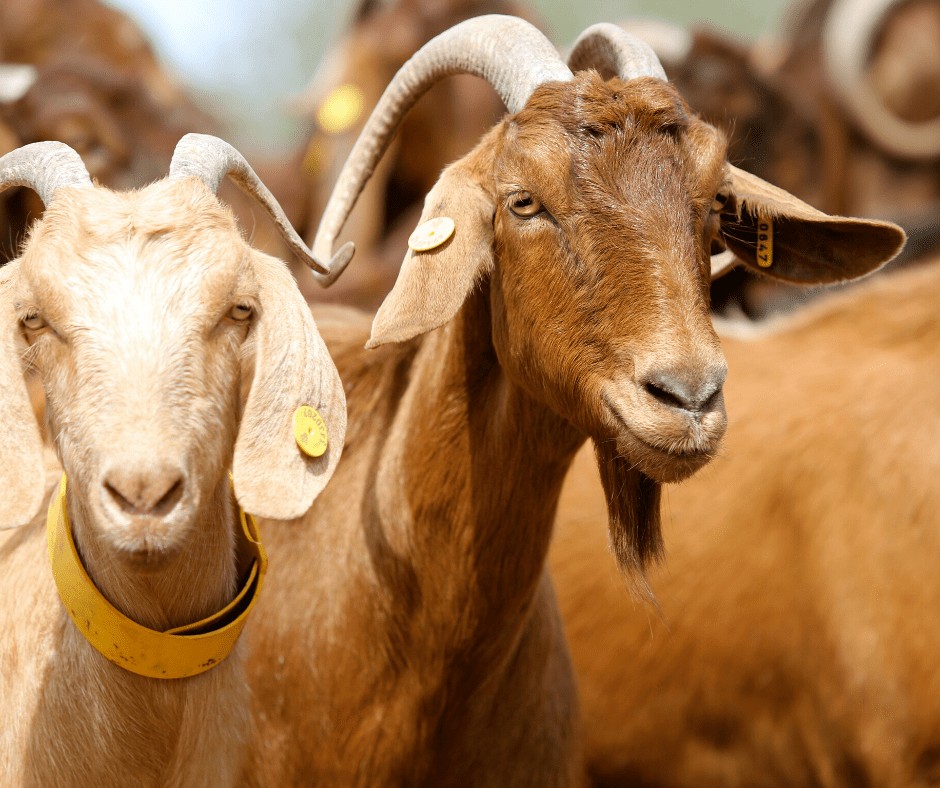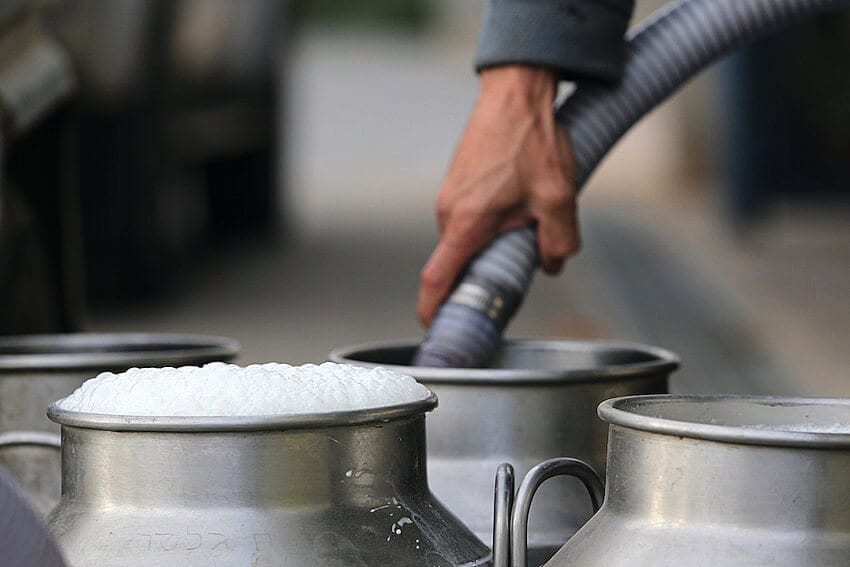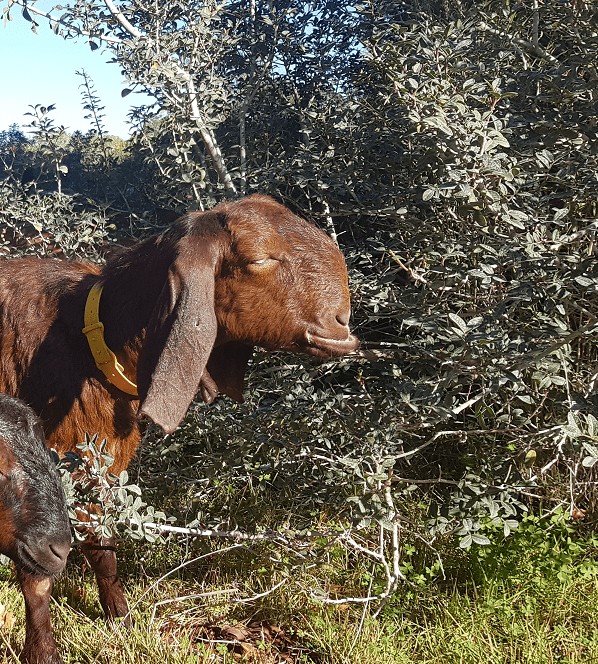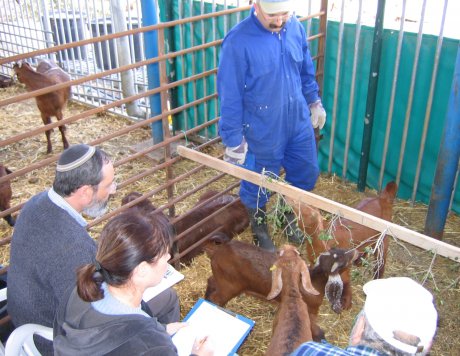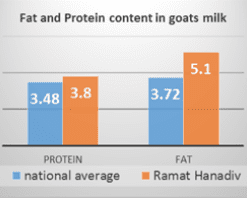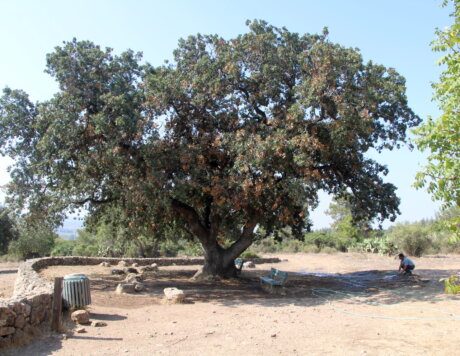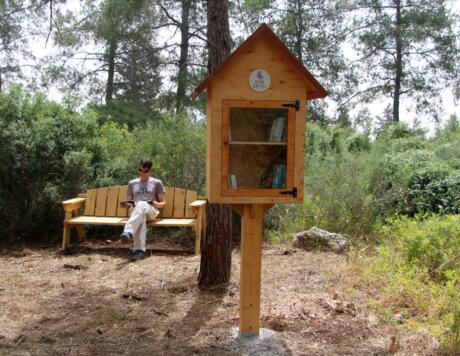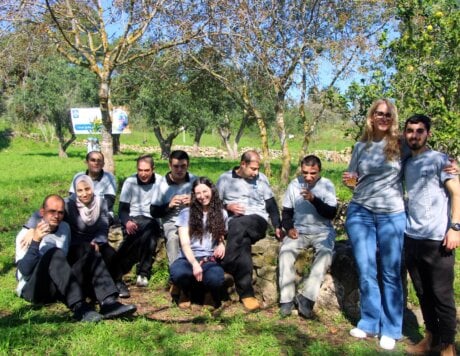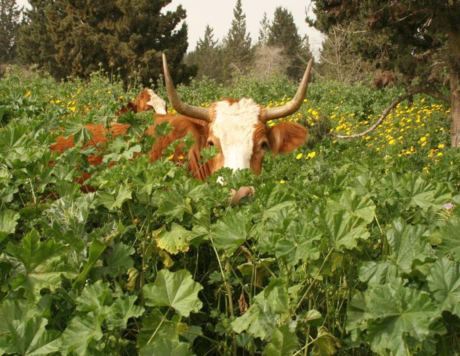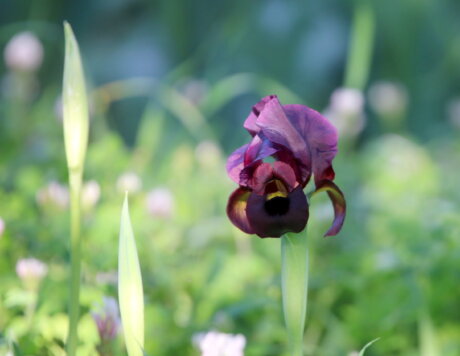The “Goat Wise” Project Presents: Goat culture, a natural pharmacy in the woodland at Ramat Hanadiv and very healthy milk
Ten years after the goat pen was established at Ramat Hanadiv, an Alpine billy goat, whose parents were brought to Israel from France, was bought from an amateur goat breeder through the “Yad 2” website. The addition of this goat to the goat herd heralded the beginning of the applied research project “Goat Wise”, a partnership between the Volcani Center and Ramat Hanadiv, which is ending this year. The project, led by Dr. Tzach Glasser and Dr. Yan Landau – is producing very fascinating results: we’ve learnt that goats have a culture that is passed on from generation to generation, that the pasture at Ramat Hanadiv is a natural “pharmacy” for them and that the goat’s milk produced in the local goat pen is rich in protein and healthy for humans.


